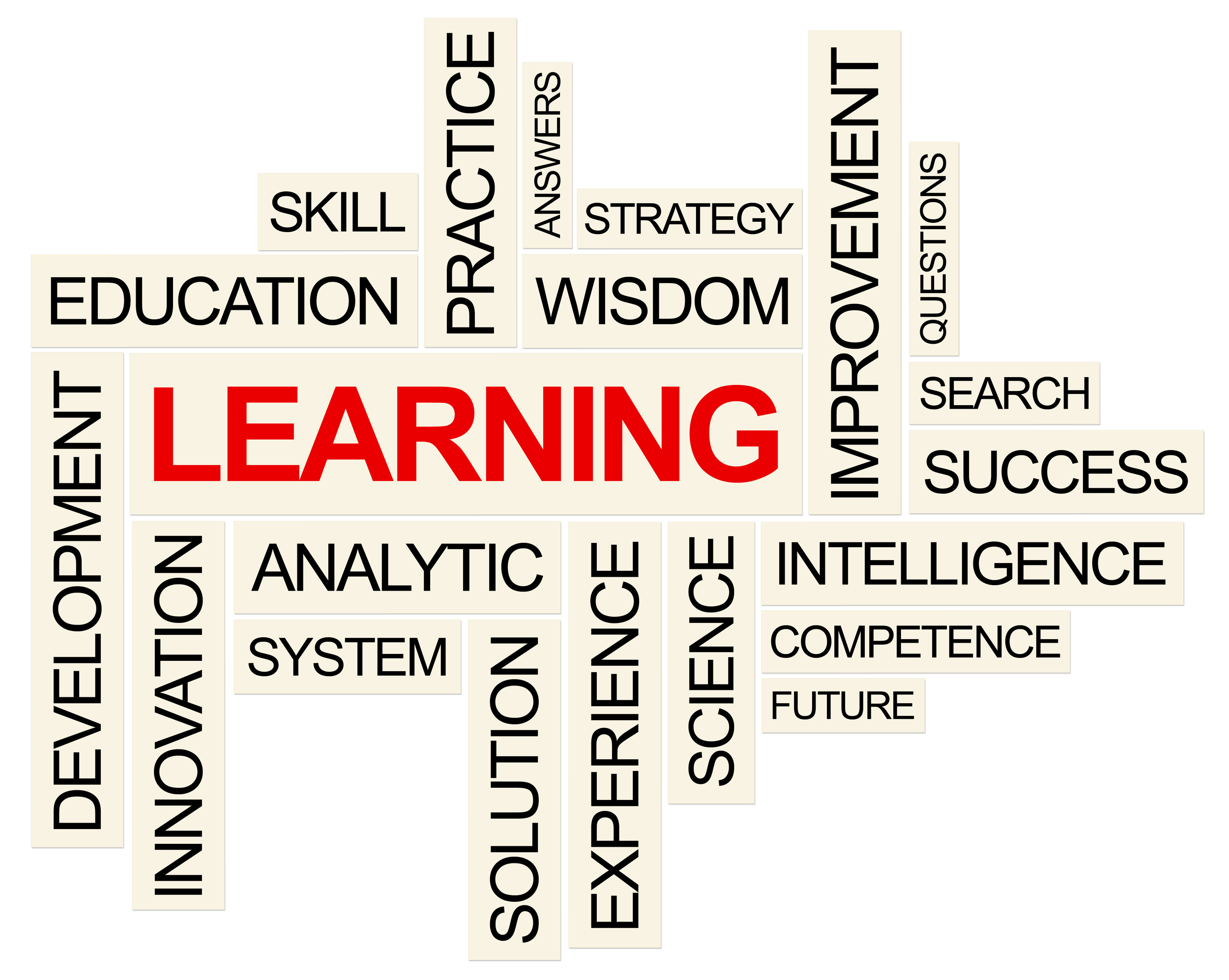I was lucky enough to work for years from a desk overlooking a glacial lake in a rainforest. The view was one of the perks of serving as executive director of Olympic Park Institute (now renamed NatureBridge), a nonprofit environmental science education center in Olympic National Park.
I held that position at a time when the field was shifting from a norm of one-way communication of facts by an expert instructor to inquiry-based learning. The new methods focus on student discovery, facilitated by educators who’ve been trained in a process. In the old model, students were passive receivers of information, whereas in the new model students are active pursuers of knowledge. The old model is all about getting answers. The new model hinges on asking questions.
Which do you think is more effective?
Research shows that inquiry and experience are far better in producing real understanding and, crucially, the skills and motivation to continue learning. While our students were primarily K-12, most learning during their lives will come through future experience, not in school. We found that teachers and school officials hungered for this type of programming. More than a few school teachers confided to me that they just didn’t have relevant training or experience to lead a process of inquiry – and they learned as much as their students did in our programs.
This is more than a nice example of how nonprofits can complement the work of other institutions in improving our world. It also translates to a key source of organizational success – a set of practices and a culture that supports ongoing learning.
Just like you and me, organizations and their employees will stagnate if they don’t learn, grow and evolve as the world around us changes.
What drives evolution? One driver, we can hypothesize, is becoming a “learning organization,” with the ability to gather and process data, and using this information to adapt. In other words, learning manifests itself through informed decisions and constant adaptation to a changing environment.
Learning and Organizational Success
Public Interest Management Group’s Success Factor Analysis project has begun to produce compelling data to support this hypothesis (see the PDF report of our pilot study). Our data show that several factors related to organizational learning may be strongly associated with organizational success:
A data orientation, which is the degree to which a nonprofit commits to using data to drive decision-making
Results-oriented strategies, which incorporate performance metrics
Attention to and measurement of operational efficiency and quality of services
Organizational culture that supports a focus on business practices, essentially discipline in day-to-day operations and the execution of strategy.
In addition, within our pilot project group nonprofits' tolerance for change correlated highly with success, suggesting the value of using information to adapt to circumstances.
All of these elements contribute to organizational learning. At its core, this is a commitment to gaining knowledge and acting on it.
Marriage of Passion and Science
A commitment to learning may seem obvious, but it’s not necessarily the standard in organizations. In a recent Nonprofit Quarterly article, “The Surprising Alchemy of Passion and Science,” Lisette Rodriguez makes the case for mission-based organizations to use data to learn and improve performance. Interestingly, the piece is written to make a case to readers – apparently under the assumption that many would see a conflict between using data and caring about a social mission, and thus need to be convinced. From my experience, she is by no means off-base in this assumption. Many nonprofits are averse to using data. By definition, this is an aversion to learning. PIMG’s data analysis suggests that aversion to using data in and of itself may substantially compromise nonprofits’ prospects for success.
Rodriguez suggests four “prerequisites” for becoming a learning organization, which I can’t argue with:
1. Committed leadership
2. Healthy curiosity and spirit of inquiry
3. Resources
4. Stamina.
Basically, the commitment needs to start at the top – strong leaders need to believe in the process of collecting and using information to question and improve the organization’s work. An organizational culture of curiosity, a hunger for objective information, must develop around this. Investment of resources must follow—it can’t be all talk. Finally, building a learning organization requires discipline and persistence.
Organizational Assessment as Learning
Participants in PIMG’s Success Factor Analysis pilot self-selected for #1 on the list above. Our assessment process is all about collecting and using objective data about a nonprofit and identifying both the strengths and weaknesses relative to peers. Participating Executive Directors were fearless in their pursuit of knowledge. And 100% of participating Executive Directors indicated the findings and recommendations will influence their strategies.
Our research suggests this attribute makes them likely to succeed in their roles, now and in the future. This is where effective leadership starts.

